The woodland floor stirs with silent precision as winter's grip loosens. Beneath the decaying leaf litter, a remarkable biological clock ticks away within the snowdrop's bulb - nature's own thermometric marvel that orchestrates one of the year's first floral performances. This unassuming harbinger of spring, Galanthus nivalis, operates on an exquisite temperature-dependent mechanism that has fascinated botanists for centuries.
Snowdrops don't simply respond to warmer days like sleepy creatures stumbling out of hibernation. Their emergence is a calculated dance with thermodynamics, a physiological ballet refined through millennia of evolution. The plant's internal chemistry acts as a crystalline timekeeper, measuring accumulated thermal energy with the precision of a Swiss chronograph. Only when the bulb has registered sufficient "chill hours" - sustained exposure to cold temperatures - followed by a specific sequence of warming soil will the flower stem begin its upward journey.
What makes this mechanism extraordinary is its dual-stage triggering system. During autumn, decreasing temperatures initiate root growth while simultaneously inhibiting shoot development through biochemical inhibitors. The plant's cells essentially perform continuous thermal calculus, integrating temperature fluctuations into growth decisions. This explains why snowdrops sometimes push through late snowfall - their internal thermometer has already confirmed spring's eventual victory.
The snowdrop's temperature sensitivity manifests in its stem elongation strategy. Botanists have measured how the flower's peduncle (flower stalk) contains specialized cells that respond disproportionately to minor temperature variations. A difference of just 2-3°C can accelerate growth rates dramatically, allowing rapid emergence during brief warm spells. This explains their sudden appearances when winter seems barely finished.
Modern research has uncovered fascinating details about the molecular mechanisms behind this thermal precision. Proteins called phytochromes within the bulb act as biological light-and-temperature sensors, while growth hormones like gibberellins accumulate in precise correlation with thermal exposure. The plant essentially builds a chemical model of passing seasons within its tissues.
Climate change has turned snowdrops into unwitting bioindicators. Phenological studies across Europe document increasingly earlier flowering times, with some populations blooming three weeks sooner than fifty years ago. However, the relationship isn't linear - erratic winter warm spells followed by hard freezes can disrupt the bulb's thermal calculations, sometimes with fatal consequences for the developing flower.
Horticulturalists leverage this thermal sensitivity when forcing snowdrops for winter shows. By carefully controlling refrigeration periods and subsequent warming, growers can simulate months of winter in weeks, tricking the bulbs into believing spring has arrived. This manipulation underscores how exquisitely tuned the snowdrop's thermometer truly is.
The snowdrop's flowering mechanism presents an elegant solution to one of nature's great challenges - how to be first. By evolving this precise thermal measurement system, snowdrops secure exclusive access to early pollinators and unobstructed sunlight before canopy trees leaf out. Their white petals even function as parabolic reflectors, focusing scarce sunlight to warm reproductive organs - a clever adaptation to chilly conditions.
Gardeners observing snowdrop emergence might notice microclimatic variations in their own landscapes. South-facing slopes, tree root zones with geothermal warmth, or urban heat islands can host snowdrop populations that flower weeks apart despite identical calendar dates. These microvariations demonstrate the plant's strict adherence to thermal rather than chronological scheduling.
Scientists speculate that the snowdrop's temperature sensitivity may hold clues for climate-resilient agriculture. Understanding how these plants integrate complex thermal data could inform development of crops better adapted to shifting seasonal patterns. Some researchers are even investigating whether snowdrop proteins could inspire new types of biological temperature sensors.
Beyond science, the snowdrop's punctual blooming carries cultural weight. In many traditions, their appearance signals when to begin agricultural preparations or when winter stores might safely be reduced. This intersection of biological precision and human activity highlights how deeply nature's calendars are woven into our own.
As winters grow increasingly erratic, the snowdrop's ancient timing mechanisms face unprecedented challenges. Late frosts following premature warm periods disrupt flowering, while insufficient chilling leads to irregular emergence. Conservationists now monitor snowdrop populations as bellwethers for how temperate ecosystems may respond to climate disruption.
Next time you spot these white heralds piercing frosty ground, consider the extraordinary thermal engineering at work. That delicate flower represents millions of years of evolutionary refinement - nature's perfect marriage of temperature and time, a living thermometer written in petals and roots.

By /May 21, 2025

By /May 21, 2025

By /May 21, 2025

By /May 21, 2025
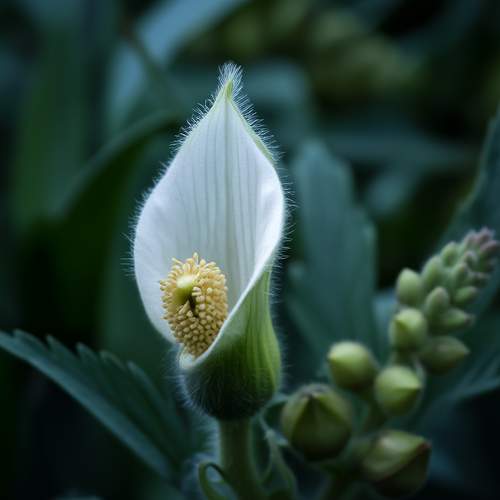
By /May 21, 2025
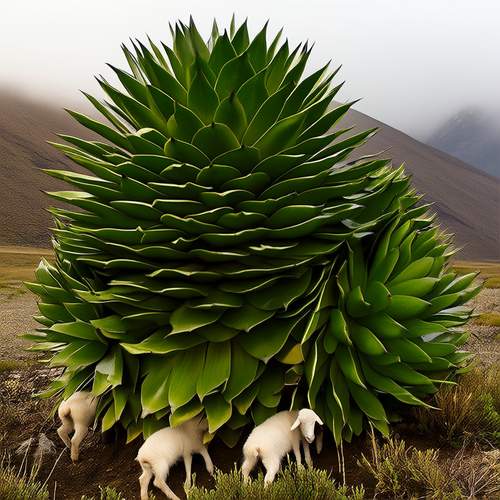
By /May 21, 2025

By /May 21, 2025
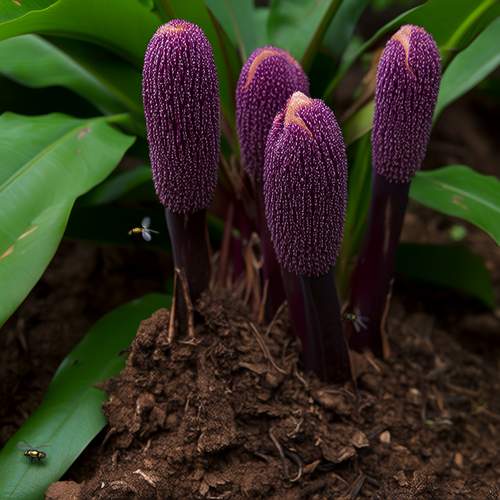
By /May 21, 2025

By /May 21, 2025

By /May 21, 2025

By /May 21, 2025

By /May 21, 2025
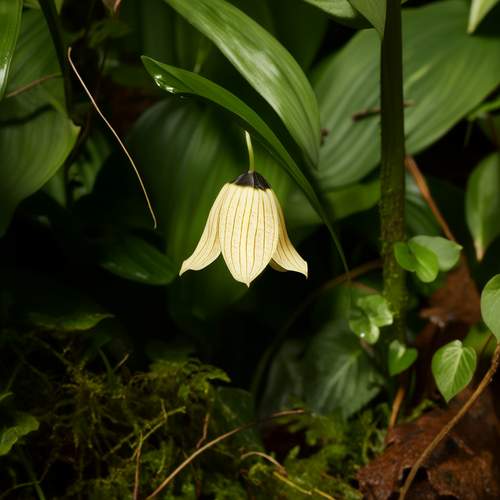
By /May 21, 2025

By /May 21, 2025
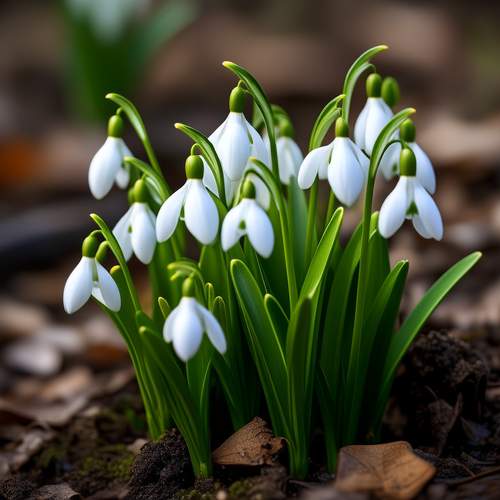
By /May 21, 2025

By /May 21, 2025
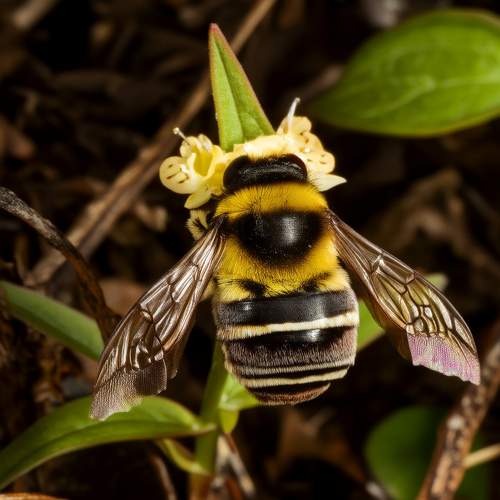
By /May 21, 2025

By /May 21, 2025

By /May 21, 2025

By /May 21, 2025